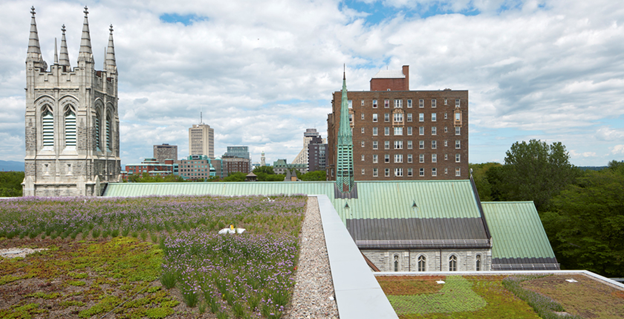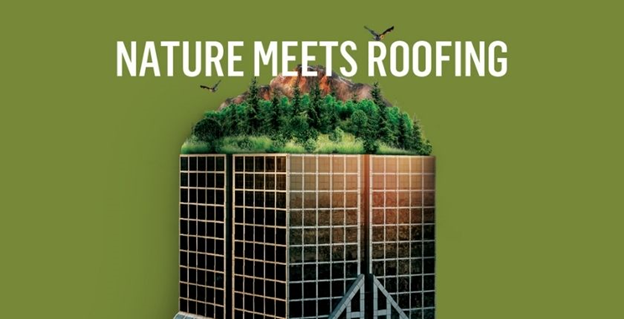Could You Be Saving on Your Next Vegetated Roof?
Before jumping into the details of incentives and how you can be saving money on your vegetated roof, let’s take a quick look at why cities are promoting vegetated roofs. A few of the reasons we are seeing cities encouraging this style of roofing include: Stormwater management, the urban heat island effect and poor air quality. Adding vegetation to a roof can help elevate all of these factors and can provide benefits to the building owner as well.
When considering a vegetated roof for your next project, you may be thinking that the cost of this type of roofing outweighs the benefits. But, choosing a vegetated roof can help protect the integrity of the roofing membrane and provide environmental benefits. In addition, by installing vegetation to your roof, you are adding another insulation layer to the building which can lead to energy savings for the building owner for years to come.
The cost of a vegetated roof can also be reduced or offset by incentives offered at the city, state or even federal level. Although the United States does not federally mandate the installation of vegetation or solar panels on a roof, there are a few programs designed to encourage green building. These include: The Energy Policy Act of 2005, regulations on federal buildings and the LEED certification program.
First up, The Energy Policy Act of 2005 offers tax incentives for buildings that provide improvements in sustainability and energy efficiency. This program offers tax incentives for those who choose to take this route. These incentives are not limited to just vegetated roofs, but also include other innovative technologies that aid in decreasing the effects of greenhouse gases.
The United States General Services Agency (GSA) has developed a program that regulates construction on federal buildings. It is required that all newly constructed or substantially renovated federally owned buildings must obtain a LEED Gold certification.
That leads us into the LEED certification program. This program was developed by the U.S. Green Building Council to set standards for environmentally friendly buildings. In addition to creating the LEED Certification program the U.S. Green Building Council dedicates a large portion of time to researching and improving the environmental impact of our buildings.
Many cities and states offer incentives that encourage green building to help prevent the effects of stormwater runoff and the urban heat island effect. Cities from Indianapolis, IN to San Francisco, CA are beginning to adopt environmentally conscious programs. Some incentive programs offered at the state and regional level offer monetary rebates per square foot, grants, and tax abatements.
Read the full article to learn more about available city and state incentives!




